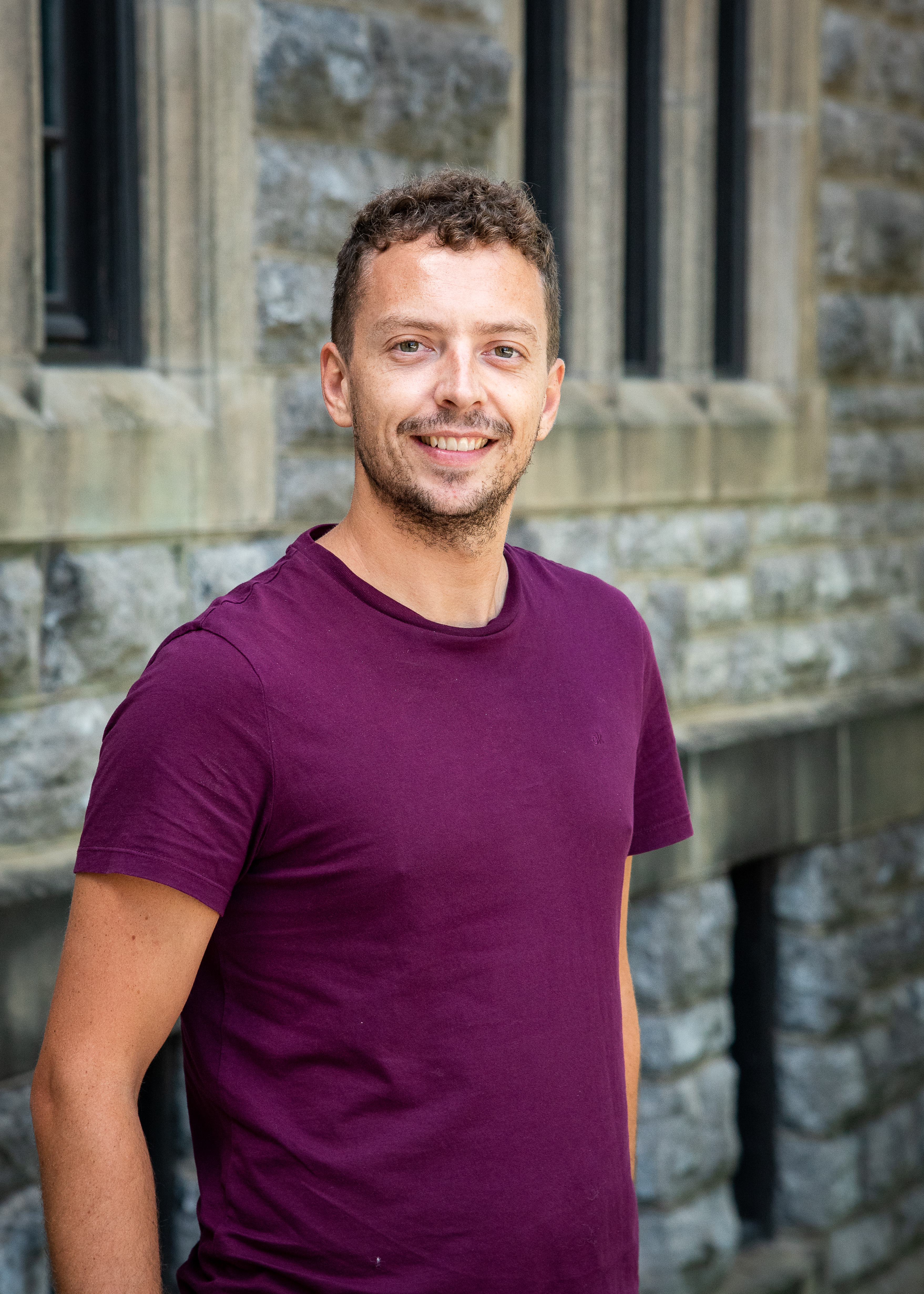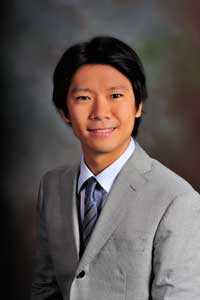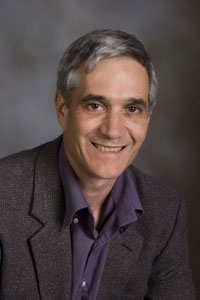Astronomical Sciences

Physics Faculty : Nahum Arav; Chris Ashall; Shunsaku Horiuchi; John Simonetti
ECE Faculty: Steven W. Ellingson; Cameron Patterson

Professor Arav's group is working on determining the influence of super massive black holes on structure formation in the universe. They do so by observing outflows emanating from the vicinity of black holes to determine the physical characteristics of these outflows. The group is concentrating on measuring the kinetic energy of these winds since this is the single most important parameter in assessing their influence on galactic and intergalactic environments.
The group is also working on the connection between the Ultraviolet and X-ray manifestation of the so called "warm absorbers" in Seyfert galaxies. This is done by acquiring and analyzing Ultraviolet and X-ray spectra of these objects using the Hubble space telescope and the Chandra X-ray satellite. The chemical abundances in these objects is also of great interest to the group.

Professor Ashall’s group works on time domain astrophysics. In particular their work focuses on understanding the last stages of stellar evolution. They aim to determine the progenitors and explosion mechanisms of supernovae, and how they release heavy elements back into the universe. To decipher this Ashall’s team works on both theory and observations from the ultraviolet to Mid-Infrared wavelengths. The group obtains and uses data from the worlds leading telescopes including: the James Webb Space Telescope, the Hubble Space Telescope, and the Keck Telescopes. Other areas of research the group is interested in are multi-messenger astrophysics (including neutron star-neutron star mergers), and supernova cosmology.

Professor Horiuchi's group is interested in using high-energy astronomical messenger particles to study the nature of particle dark matter. The current cosmological paradigm requires that dark matter dominate over "normal" baryonic matter. Dark matter does not fit in the Standard Model of particle physics and must arise from some new beyond-the-standard-model physics. Although dark matter particles need to be largely stable, in many theoretical models they can decay or annihilate. The group is interested in theoretical models of dark matter, how their particle properties manifest in complex astrophysical and cosmological signal, and developing techniques to disentangle dark matter signals from astrophysical backgrounds.

Simonetti has a long-standing interest in the interstellar radio-wave scattering seen toward extragalactic radio sources. The observation and interpretation of the scattering of radio waves from compact sources provide a unique probe of the structure of the ISM at very small scales. Simonetti has also probed irregularities in the ISM through observations of variations in interstellar Faraday rotation (seen toward extragalactic sources).
Simonetti is also engaged in an optical survey of ionized interstellar gas seen over the northern hemisphere utilizing a sensitive, wide-field, digital (CCD) camera system equipped with narrow-bandpass filters (e.g., an H-alpha interference filter and a [SII] filter). In addition to the survey, observations are being made of selected fields of special interest. The results bear upon studies of radio wave scattering, general ISM phenomena, and searches for small-scale anisotropies in the microwave background radiation produced in the Big Bang. The Virginia Tech Spectral-Line Survey (VTSS) webpage contains details on the project, discussion of current results, and information on SLIC.


